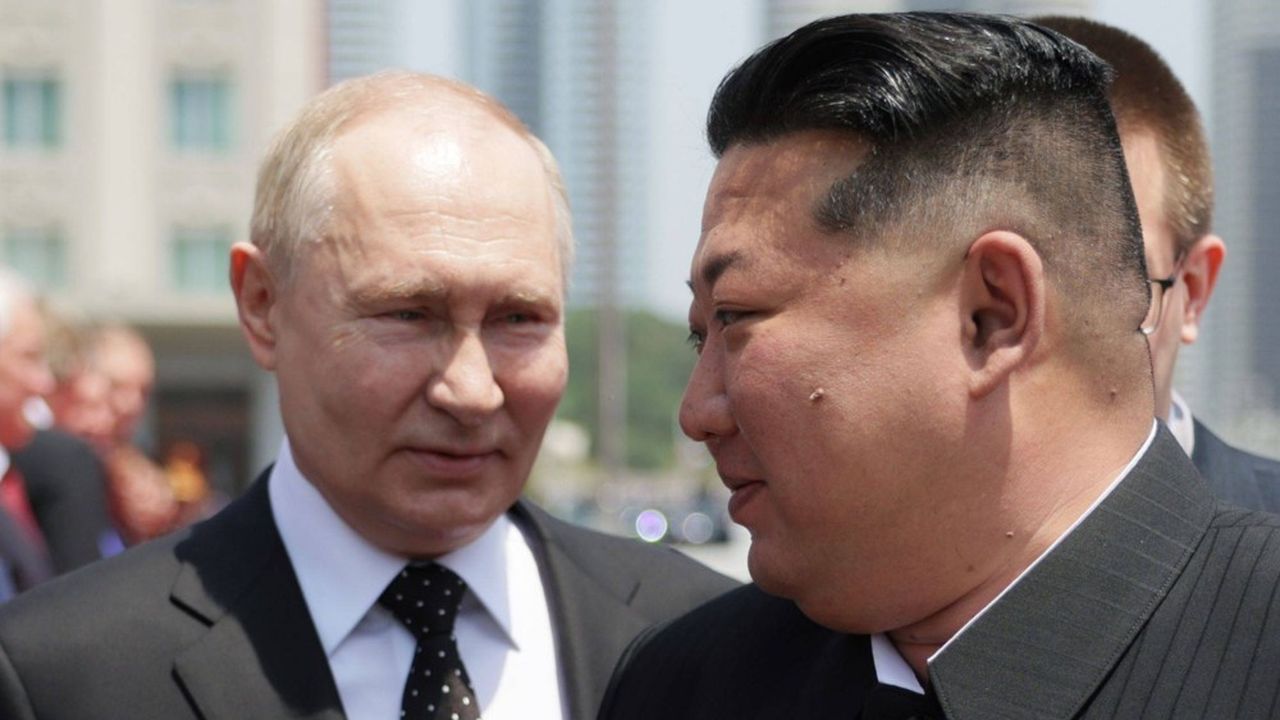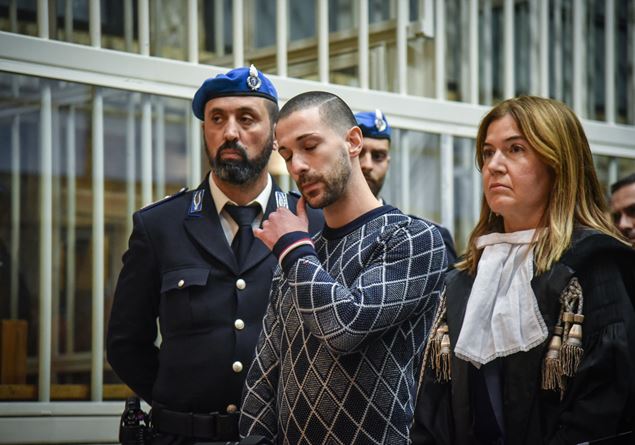
North Korea’s munitions factories are running at full capacity to produce weapons and shells to support Russia in its war in Ukraine. Deputy Assistant Secretary of State for East Asian and Pacific Affairs Robert Koepcke has just given a little more detail on the extent of this assistance.
Speaking in Washington at a conference on US-South Korea relations, he said that since September 2023, Russia had purchased more than 16,500 containers of munitions and military equipment from North Korea.
In fact, Western experts and officials have long denounced North Korean military support for Russia. And Pyongyang did not wait for the signing, in June during Vladimir Putin’s visit, of a treaty on mutual military assistance to put its industrial capacities at the service of Moscow.
First purchases from fall 2023
The latest figures provided by Washington confirm that the first large-scale purchases of North Korean weapons would date back to the fall of 2023. That is, at the time of Kim Jong-un’s visit to Moscow, when the North Korean leader assured Vladimir Putin of his “total and unconditional support” for the “sacred struggle” that Moscow is waging to defend its security interests “against hegemonic forces.”
According to Robert Koepcke, since December 2023, Moscow has fired 65 North Korean missiles towards Ukraine. Presumably shipped disassembled, they would be assembled in Russia before being sent and fired on the front. A few weeks ago, Ukrainian President Volodymyr Zelensky had also stated that the missile which, on the night of August 10 to 11, struck the Kiev region and killed a 35-year-old man and his 4-year-old son, was of North Korean manufacture.
And for many South Korean experts, the recent missile launches or claims such as the test of a new type of explosive drone, constitute for Pyongyang a commercial showcase intended for Moscow, allowing the North Korean military to highlight the reliability and technology of the weapons developed in the country.
Drones, ammunition and armored vehicles
Some information published by Ukrainian or South Korean media, but also statements from Seoul, also give an idea of what could be inside these containers. Starting with drones and munitions. At the beginning of the year, South Korean Defense Minister Shin Won-sik had thus affirmed that during the last quarter of 2023 alone, Russia had potentially recovered more than 3 million artillery shells or more than 500,000 rockets intended to supply multiple launchers.
Beyond ammunition for heavy or light weapons and drones, Pyongyang supplies Moscow with heavier equipment. Such as North Korean armored vehicles launching anti-tank missiles with a range of 8 to 10 km. In July, one of these vehicles – known as the “Bulsae-4 M-2018” and equipped with six drive wheels – was spotted by a Ukrainian observation drone in the Belgorod region. Considered extremely effective by many Western experts, it can fire its anti-tank missiles at a locked target, without necessarily having it in direct line of sight. In particular, it is said to have destroyed an armored self-propelled artillery piece supplied to kyiv by the British army.
This military proximity between Pyongyang and Moscow, which has notably resulted in visits by several senior Russian military officials, worries Washington and Seoul. Because it probably goes both ways. “In exchange for missiles sent to Russia, we believe that Pyongyang is seeking assistance from Russia, including fighter planes, surface-to-air missiles, armored vehicles, ballistic missile production equipment and other materials,” detailed Robert Koepcke.





